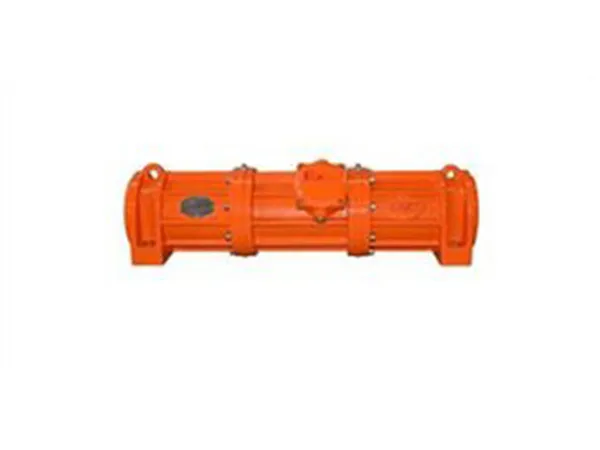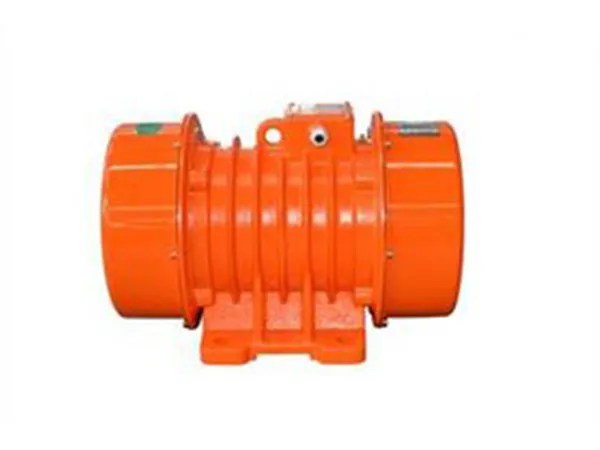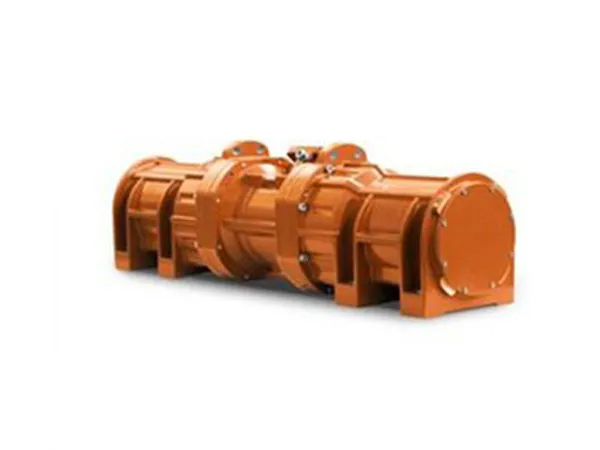
The MVT series vibration motors are a type of electric motors specifically designed to generate vibrations in various industrial applications. These motors are often used in equipment such as vibrating screens, feeders, conveyors, compactors, and sieves to facilitate material handling, sorting, and processing.
Compared with ordinary vibrators, MVT series vibrators have wider vibration coverage and more convenient installation.
MVT series vibrators are widely used in coal, mining, petroleum, foundry, food processing and other industries. Used on vibrating screens, feeders and other equipment.
Power Supply
Three-phase 600V – 690V, 50Hz/60Hz or 20Hz/70Hz
Adding a frequency converter can realize the adjustment from 20Hz to the rated frequency
Number of Poles
4 poles are commonly used, others need to be customized
Compact Design: MVT Series Vibration Motors are designed to be compact and lightweight, making them suitable for integration into various types of machinery and equipment.
High Efficiency: These motors are engineered for high efficiency, providing reliable performance while minimizing energy consumption.
Adjustable Settings: They often feature adjustable settings for vibration intensity, frequency, and amplitude, allowing operators to customize the vibrations according to specific application requirements.
Durable Construction: MVT Series motors are typically constructed with robust materials such as cast iron or stainless steel to withstand the rigors of industrial environments and ensure long-term reliability.
Low Maintenance: With few moving parts and sealed construction, these motors require minimal maintenance, resulting in reduced downtime and lower operating costs.
Electric Excitation: MVT Series Vibration Motors operate on the principle of electromagnetic excitation. When an electrical current is applied to the motor windings, it generates a magnetic field that interacts with the rotor, causing it to rotate.
Eccentric Weight: Each motor in the MVT Series is equipped with an eccentric weight mounted on the rotor shaft. As the rotor rotates, the eccentric weight creates centrifugal force, resulting in vibration.
Vibration Generation: The vibration generated by the eccentric weight is transferred to the equipment or machinery connected to the motor, causing it to vibrate. The intensity, frequency, and amplitude of the vibration can be adjusted to suit the specific application requirements.
Control: MVT Series motors may be controlled manually or through automated systems such as variable frequency drives (VFDs) or programmable logic controllers (PLCs), allowing for precise control over the vibration parameters.
Material Handling: MVT Series Vibration Motors are commonly used in material handling equipment such as vibrating screens, feeders, and conveyors to facilitate the transportation, sorting, and processing of bulk materials in industries such as mining, aggregates, and recycling.
Compaction: They are employed in compactors and vibratory compacting equipment to densify soil, asphalt, concrete, and other materials in construction, road building, and landscaping applications.
Screening and Sizing: These motors are utilized in vibrating sieves and screens to separate particles by size, shape, or density in industries such as pharmaceuticals, chemicals, and food processing.
Foundry and Metalworking: MVT Series motors are used in foundry shakeouts and metalworking equipment to remove sand, debris, and burrs from castings, forgings, and machined parts.
Testing and Calibration: They find applications in testing equipment, instruments, and calibration devices that require controlled vibrations for performance testing, analysis, and quality assurance.

VB series vibration motors are used as the excitation source of various types of vibration machinery, such as vibrating feeders, vibrating conveyors, vibrating ore discharge machines, vibrating sand shakers, vibrating screens, and vibration anti-blocking devices for silos, etc., and are widely used Electricity, building materials, coal, mining, metallurgy, chemical industry, light industry, casting and other industries.
READ MORE
VBB series explosion-proof electric vibrating motors for applications in the oil & gas sector and wherever safety regulations explicitly require explosion proof certification, according to the international standards in force in various countries.
READ MORE
The VLBL series vibration motors are a specialized type of electric motors designed specifically for generating controlled vibrations in various industrial applications.
READ MORECopyright © 2023 Xinxiang Zongyuan Machinery Equipment Co., Ltd. | All Rights Reserved.